Suppliers
United States
Claroty
Overview
SUPPLIER
MANAGED
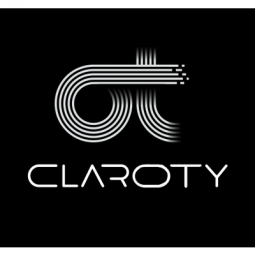 |
ClarotyIntegrated and Comprehensive IoT-OT Security |
| United States | |
| 2013 | |
| Private | |
| < $10m | |
| 51 - 200 | |
| Open website |
IoT Snapshot
Technology Stack
Case Studies
Number of Case Studies4
|
Electric Utilities
Effectively securing its generation and transmission operations required the company to confront and overcome the following challenges:Inherently insecure OT networks: Complex and widely distributed architecture, limited OT visibility, and inadequate security controls gave attackers hundreds of possible entry points into the company’s OT networks.OT redundancy: The redundancy of the company’s OT environment meant that attacks were typically only detected if they caused immediate, easily noticeable damage. Heavy reliance on OT remote access: The company’s power plants utilize a large number of unmanned power generation units and also rely on multiple vendors to maintain and service their heat recovery generation systems (HRGS). |
|
|
Transforming Clinical Asset Ecosystem: A Case Study of Parkland Health
Parkland Health, a renowned healthcare institution, was facing several challenges in managing its clinical asset ecosystem. The existing data validity was not meeting the requirements of the Clinical Engineering (CE) and Information Security (IS) teams. The existing workflows were not aligned with the strategic vision of the leadership. The institution was unable to dynamically update their computerized maintenance management system (CMMS), which was crucial for efficient asset management. There were significant change-management hurdles between isolated teams, which were hindering the smooth execution of projects. Moreover, Parkland had allocated an insufficient budget to maintain project momentum and meet all expected outcomes. |
|
|
Digital Transformation of Rail Rapid Transit System with Claroty
The mass rapid transit system, with over 20 lines spanning nearly 1,500 kilometers, transports billions of passengers annually across urban and suburban districts. The system relies on specialized industrial networks for railway electrification, signaling, communications, and an extensive building management system (BMS) for station and tunnel ventilation, lighting, and physical security. The rail operator faced challenges in maintaining visibility and control across these networks while adhering to stringent international safety integrity level (SIL) standards. The digitization and connectivity demands of passengers and vendors, who require timely updates and access to OT, IoT, and IIoT assets, posed a significant challenge. The legacy OT systems, designed with isolation in mind, were not equipped to connect and communicate with IT systems and the internet. The rail operator had no visibility into their industrial networks, making response and remediation of system failures difficult. Compliance with SIL standards was mandatory, and any third-party equipment introduced into the network had to work independently from safety-critical systems or integrate without affecting these systems and triggering recertification. The multiple layers of legacy OT systems, designed for a lifespan of 25 to 50 years, added further complexity to modernization efforts. |
Similar Suppliers
Number of Similar Suppliers5
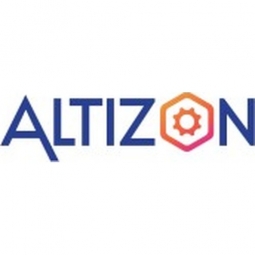 |
Altizon Systems
Altizon empowers Industrial Digital Revolutions globally by helping enterprises use Machine Data to drive business decisions. With a global footprint of over 100 enterprise users, Altizon is a leading Industrial IoT platform provider as recognized by Gartner, Forrester, BCG, Frost & Sullivan, and others. |
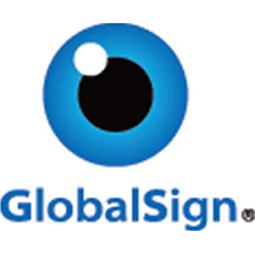 |
GlobalSign
GlobalSign is the leading provider of trusted identity and security solutions enabling businesses, large enterprises, cloud service providers and IoT innovators around the world to secure online communications, manage millions of verified digital identities and automate Authentication and Encryption. Its high-scale PKI and identity and access management (IAM) solutions support the billions of services, devices, people and things comprising the Internet of Everything (IoE). The company has offices in the Americas, Europe and Asia. |
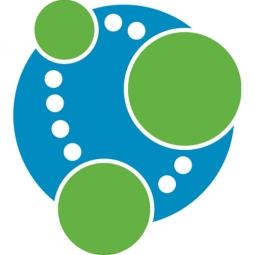 |
Neo4j
Neo4j is the graph company behind the #1 platform for connected data. The Neo4j graph platform helps organizations make sense of their data by revealing how people, processes and digital systems are interrelated. This connections-first approach powers intelligent applications tackling challenges such as Artificial Intelligence, fraud detection, real-time recommendations and master data. The company boasts the world's largest dedicated investment in native graph technology, has amassed more than ten million downloads, and has a huge developer community deploying graph applications around the globe. More than 250 commercial customers, including global enterprises like Walmart, Comcast, Cisco, eBay and UBS use Neo4j to create a competitive advantage from connections in their data. Neo4j is privately held and funded by Eight Roads Ventures (an investment arm of Fidelity International Limited), Sunstone Capital, Conor Venture Partners, Creandum, Dawn Capital and Greenbridge Investment Partners. Headquartered in San Mateo, Calif., Neo4j has regional offices in Sweden, Germany and the UK. For more information, please visit Neo4j.com and @Neo4j. All trademarks and registered trademarks, including Neo4j? are the property of their respective owners. |
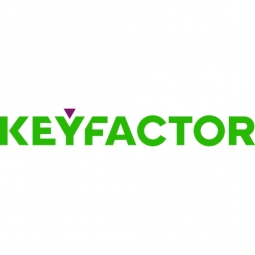 |
Keyfactor
Founded in 2001, Keyfactor empowers enterprises of all sizes to escape the exposure epidemic – when breaches, outages and failed audits from digital certificates and keys impact brand loyalty and the bottom line. Powered by an award-winning PKI as-a-service platform for certificate lifecycle automation and IoT device security, IT and infosec teams can easily manage digital certificates and keys. And product teams can build IoT devices with crypto-agility and at massive scale. |
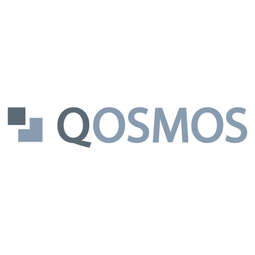 |
Qosmos
Qosmos leads the market for IP traffic classification and network intelligence technology used in physical, SDN and NFV architectures. The company supplies software to vendors who embed real-time application visibility in their products for traffic optimization, service chaining, Quality of Service, analytics, cyber security and more. Qosmos customers benefit from fast time to market and continuous signature updates for their products. As the leading supplier of IP traffic classification and network intelligence software, Qosmos contributes actively to Open Source projects and international standards, and serves 75% of the market. |
Partners
Number of Partners3
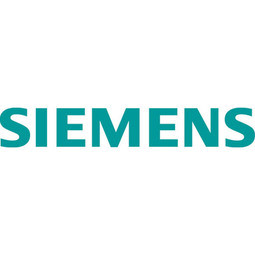 |
Siemens
Siemens is the largest engineering company in Europe. With their positioning along the electrification value chain, Siemens has the knowhow that extends from power generation to power transmission, power distribution and smart grid to the efficient application of electrical energy. Featured Subsidiaries/ Business Units: - Digital Factory - Siemens Technology to Business (TTB) |
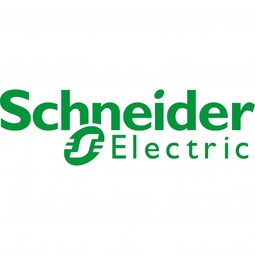 |
Schneider Electric
Schneider Electric is a leading global manufacturer of equipment for electrical power distribution and for industrial control and automation. The company helps power generators distribute electricity; designs automation systems for the automobile and water treatment industries; builds electric networks and utility management systems for energy, water treatment, oil and gas, and marine applications; and manages electric power in residential, industrial, and commercial buildings.Year founded: 1836Revenue: $26.0 billion (2014)EPA: SUFeatured Subsidiaries/ Business Units:- Avantis- Wonderware |
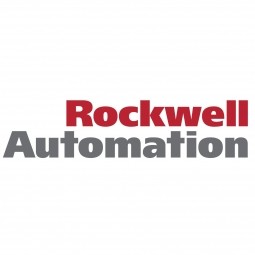 |
Rockwell Automation
Rockwell is a provider of industrial automation power, control and information solutions that helps manufacturers achieve a competitive advantage for their businesses. Rockwell operates in two segments: Architecture & Software, which deals in hardware, software and communication components of the organization, and Controls Products & Solutions that handles a portfolio of intelligent motor control and industrial control products, application expertise and project management capabilities. |



